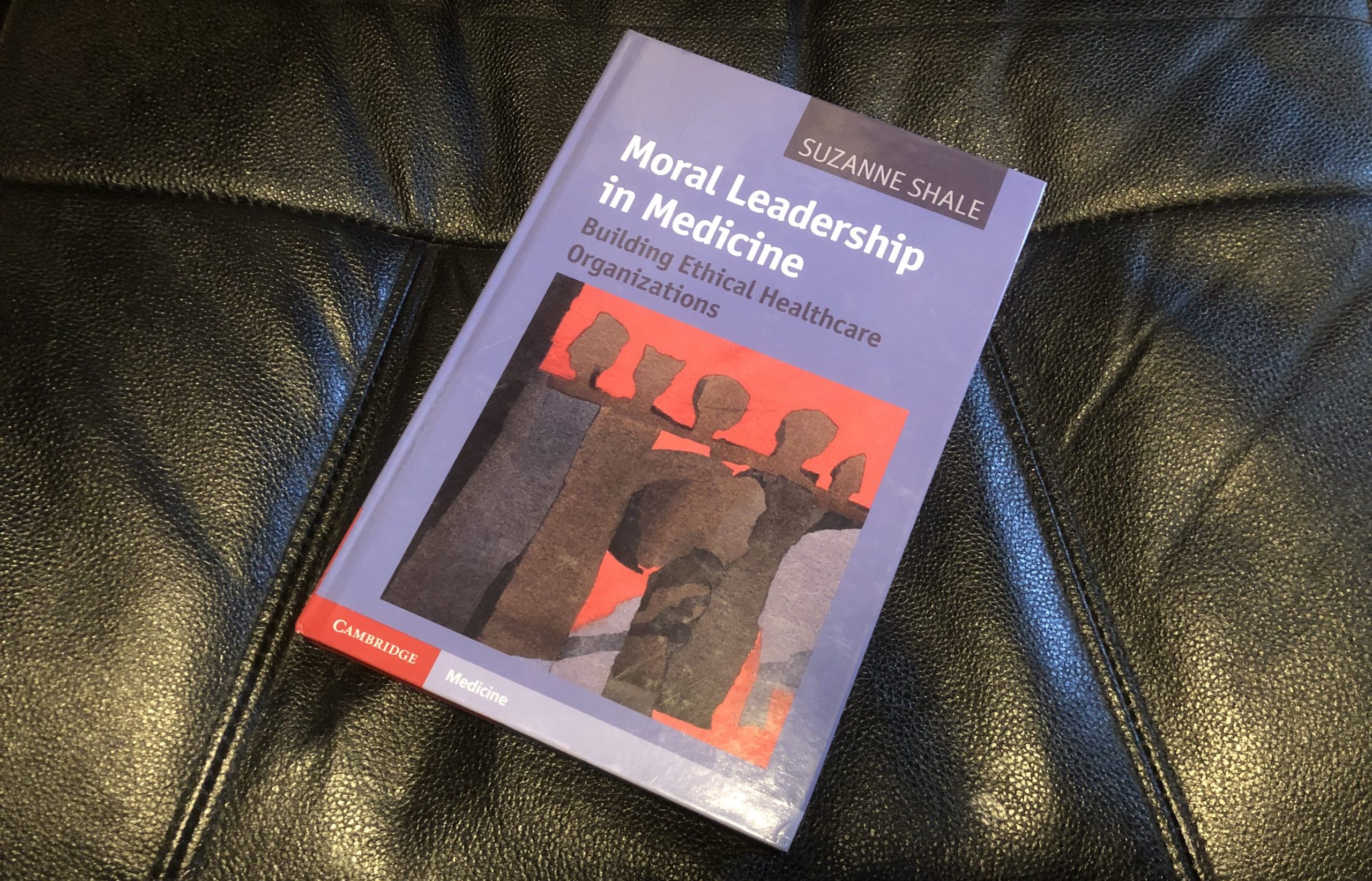
When you donate money to a good cause, which factors determine your choice of charity? Maybe the organisation works on a problem that you or your loved ones have personally experienced, such as a particular type of cancer that runs in your family. Or perhaps it’s a local charitable project that improves the lives of those in your community, such as a local homeless shelter or new museum or art gallery. Or maybe you’re motivated by a recent event – an earthquake, conflict, or languishing famine – and respond to the appeals delivered by mainstream media channels. But, while each of these reasons to donate to specific charities are commonplace, understandable, and immediately persuasive, they do not reliably lead us to donate in a manner that is effective.
Expanding the moral circle
While all lives may be of equal value regardless of their whereabouts, the cost it takes to improve them varies dramatically by location
The prominent thought experiment of contemporary moral philosopher Peter Singer, in his 1972 article ‘Famine, Affluence and Morality,’1 describes a scenario in which you – a smartly dressed Western adult – walks past a shallow pond in which a child is drowning. Singer powerfully shows that, while you would be morally deficient to deny saving the child in favour of preserving your expensive shoes, you may be equally lacking by failing to sacrifice resources of similar value in order to save the life of a child who resides overseas. Since the life of a child before you is of equal significance to that of a child in a far-off land, the geographical location of each child, and their proximity to you, is of no moral relevance. As such, since, by donating resources to highly effective charities, an individual in the West could confidently save the lives of several children overseas, he morally ought to do so in the same manner that he morally ought to save the child drowning in the shallow pond before him. Through this argument, Singer makes a compelling case for the expansion of our moral circle beyond those we each hold closest to incorporate not only those in our family, community and country at large, but also to those abroad, non-human animals,2 and even, as has been recently argued, future generations that will exist centuries from now.3 In addition, Singer argues that, not only should we undertake altruistic acts when opportunities to do so conveniently arise, we should also act altruistically without the trigger of an unignorable emergency. Since, at all times, many helpless children are figuratively drowning in a variety of shallow and unnecessary ponds, we morally ought to help them despite not witnessing their suffering directly. The fact that around 15,000 children die globally every day before their fifth birthday4 does not make the evening news because it is precisely its antithesis – since this tragic statistic recurs every day, it is not deemed to be newsworthy on any day at all. But this does not invalidate the fact of the situation, and nor can we pretend to be unaware of its truth. Its absence from our daily immediate experience does not lessen it moral significance, and we should not neglect its urgency simply because it is not irrefutably salient.
While this flavour of consequentialism has attracted many critics, the expansion of our moral circle reflects the undeniable arc of human moral progress that has benefitted enormous numbers of individuals over recent centuries, from the abolition of slavery and child labour eradication, to universal suffrage and the broadening of sexual rights. And while the deployment of Singer’s argument to its logical conclusion – the moral obligation to donate everything one owns to the point of starvation or death by exposure – is a strawman of his position and not what he intended, it is hard to deny the claim that all human lives are equally valuable regardless of their geographical location, and that it is morally flawed to ignore the suffering of others due to the fact we cannot see them. When it comes to charitable giving, therefore, this line of argument holds that we should consider directing our donations beyond the horizon our eyes can see, and do so not only in times of obvious emergency.
Effective giving
For myself and many others who regularly donate to charity, a key motivating factor in the decision to give effectively is the sense of belonging to a community of donors. By contributing to, and actively engaging in, a community of like-minded and motivated individuals, I find deep satisfaction in being part of a project much larger than myself on the international stage.
However, if the entire world is potentially eligible to receive our generous philanthropy, where should we direct our charitable donations? While all lives may be of equal value regardless of their whereabouts, the cost it takes to improve them varies dramatically by location. Due to the stark differences in prices between high- and low-income countries, £1 spent in a UK supermarket buys only a fraction of what the same resources would accrue in a Sub-Saharan market. This simple economic difference, revealed by gaps in purchasing power parity, means that the funds deployed to save a life at home could potentially save a much greater number abroad. For example, an intervention is considered to be cost-effective in England and Wales if it generates a QALY for between £20,000 and £30,000,5 while a life can be saved for just a few hundred dollars when intelligently spend in low-income countries.6 While the exact cost of saving a life is difficult to estimate with a high degree of confidence, it is undeniable that the same value of resources deployed in high-income countries will return greater benefits if thoughtfully deployed in low-income settings.
This raises the question of charitable effectiveness. Assessing the effectiveness of a charitable project can be conducted in a manner similar to any cost-effectiveness analysis. Quite astoundingly, such assessments reveal that some charities are not only multiples, but orders of magnitude, more effective than others.7 Some of the key factors considered in these empirical analyses include scale, neglectedness and tractability, along with the capacity of the charity to deliver its services and scale. Take, for example, a charity that aims to reduce deaths due to testicular cancer, and a different charity that aims to reduce deaths due to road injuries. While all cases of testicular cancer are undeniably appalling, a relatively small number of people die due to this disease each year (around 10,000 worldwide)8 compared to the 1.2 million globally who die annually from road injuries.9 Simultaneously, there exist very few charities that work to promote better road safety policies, while a great many more exist to promote awareness of testicular cancer. In addition, it is likely that improving road safety is just an easier problem to solve – especially in those countries without seat belt or helmet regulations – than the efforts to eradicate cancer that have so far cost billions. As such, while testicular cancer may be the ‘sexier’ cause and susceptible to emotional marketing strategies, a charity that works on promoting road safety is likely to be substantially more effective simply because it focuses on a problem that affects a much greater number of people and is relatively simple despite being so far overlooked. Add into the mix the comparative affordability of interventions in low-income countries in relation to the West, and what constitutes an effective charity begins to substantially diverge from commonplace philanthropy.
If you intend to maximise the effectiveness of your donation, assessing the effectiveness of each charitable project and directing your donation to the one that ranks highest is certainly a task of gargantuan proportions.
If you intend to maximise the effectiveness of your donation, assessing the effectiveness of each charitable project and directing your donation to the one that ranks highest is certainly a task of gargantuan proportions. Thankfully, GiveWell7 is a non-profit that achieves precisely that. GiveWell conducts evidence-based empirical analyses to identify the most cost-effective global health charities in operation across the world, and recommends charities based on their assessment of their effectiveness. Based on the premises made in this article until now, it should not be surprising that the charities that GiveWell considers to be the world’s most effective operate in countries of relatively low income and address health and disease problems rarely encountered in the West. Of their current top four charity recommendations, two are designed to prevent malarial infections, while another promotes vitamin A supplementation in children, and yet another incentivises uptake of childhood vaccinations,7 all in low-income countries and the poorest regions of the world. By focusing on children and preventing death and debilitating disease, while operating efficiently in low-price environments, these charities save lives for a fraction of the cost that would comparatively be achieved in highly advanced countries.
By donating to the charities recommended by GiveWell, we can maximise the effectiveness of our altruistic activity. In this manner, effective giving varies from commonplace philanthropy based on emotive appeals to identifiable suffering, and instead maximizes desirable outcomes by leveraging empiricism and the power of rationality. While some decry this method as denying the ‘warm fuzzies’ that we can reliably generate by donating to traditional charitable causes, giving funds effectively does not have to be a cold-hearted process devoid of feeling or happiness. Indeed, the enjoyment of charitable giving is a vital feature of philanthropy: if donating can be pleasurable and a deeply satisfying action, it is more likely to be repeated and so its benefits compounded. That is why, for both myself and thousands of other individuals, effective giving is a heart-warming activity based in the knowledge that, while I’ll never get to meet the beneficiaries of my donations, the lives of many children and their families and wider communities have been enormously improved by my careful choice of charities.
References
- P Singer. Famine, Affluence, and Morality. Philosophy andPublic Affairs 1972; 1(3): 229-243.
- P Singer. Animal Liberation. HarperCollins 1975.
- W MacAskill. What We Owe The Future. One World Publications 2022.
- Our World In Data. Child mortality: an everyday tragedy ofenormous scale that we can make progress against. 21 July 2021. https://ourworldindata.org/child-mortality-big-problem-in-brief [accessed 13 October 2022]
- UK.GOV. Cost utility analysis: health economic studies. 13 October 2020. https://www.gov.uk/guidance/cost-utility-analysis-health-economic-studies [accessed 13 October 2022]
- P Singer. The Life You Can Save. Random House 2009.
- GiveWell. Top Charities. https://www.givewell.org/charities/top-charities [accessed 13 October 2022]
- JS Park, J Kim, A Elghiaty et al. Recent global trends in testicular cancer incidence and mortality. Medicine 2018; 97(37): e12390. DOI: 10.1097/MD.0000000000012390
- Our World In Data. Causes of death. December 2019. https://ourworldindata.org/causes-of-death [accessed 13 October 2022]
Featured photo by Joshua Lanzarini on Unsplash








